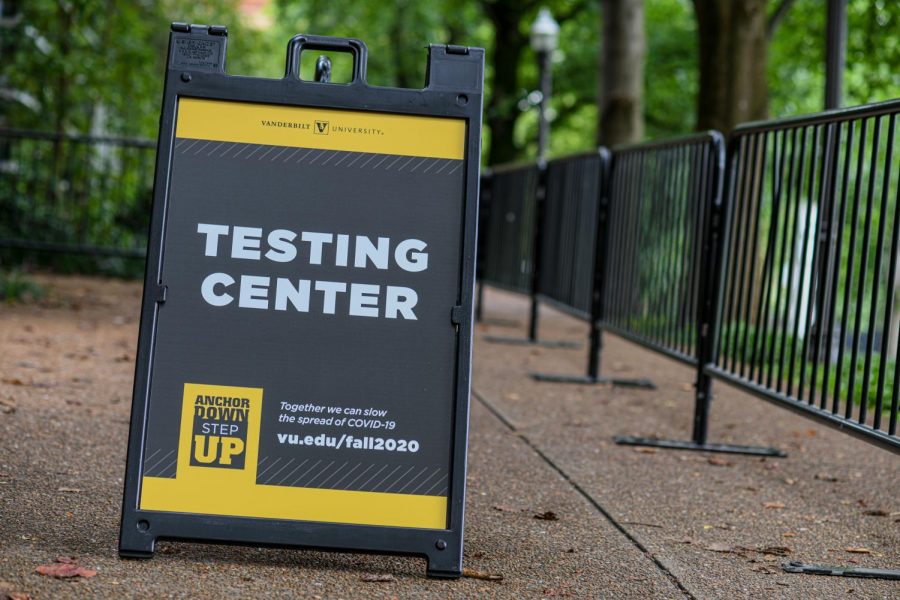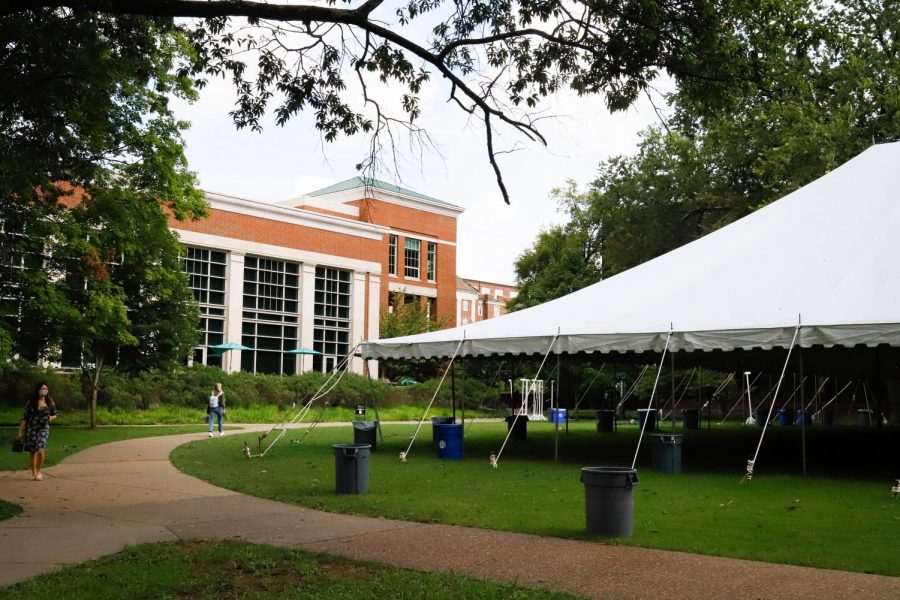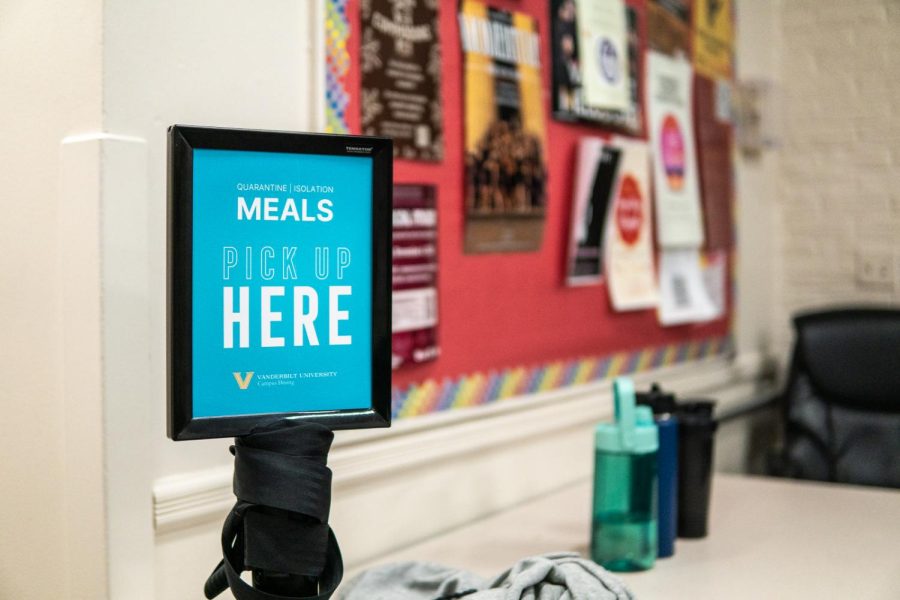Almost every day since the start of the school year, I wake up and preorder my daily matcha latte from Local Java. Aside from the exponential decrease in my meal money, I hardly feel like two-thirds of this unprecedented fall semester has already passed. It is incredible that we are still here and gradually adapting to this new lifestyle: ordering meals ahead, visiting friends from a distance with masks on and having to buy coffee with meal money.
We all have been looking into our Vanderbilt community, pondering about the possible improvements that we can make to ensure our safety and enhance our learning experience. Let’s take a moment to look beyond our community at other institutions comparable with us in size and instruction mode in terms of COVID-19 prevention measures.
Two good case studies for comparison are Duke University and Boston University. Since the cases at Vanderbilt were at an all-time high last week, and the pandemic is predicted to worsen during winter, we should turn our attention to other colleges that have successfully manipulated COVID-19 to better prepare for the spring semester.
Duke has managed to keep a low positivity rate ever since its fall semester began. The school has only detected 139 positive cases out of the 145,396 tests administered, a positivity rate of 0.095 percent. Continuing this trend, last week, out of 14,117 tests conducted on students, only 11 positive cases were detected.
Similarly, out of 382,231 tests conducted since July 27, Boston University has only detected 340 positive cases. Boston University has been able to keep a low positivity rate since the start of their school year in that 0.07 percent of the tests conducted have turned out positive compared to the 6.1 percent positive rate in the Boston area.
Like Vanderbilt, both colleges have done an extraordinary job in controlling the spread of COVID-19 within the community while also maintaining in-person learning in a reduced capacity. Duke conducts regular surveillance testing of students and other community members, similar to Vanderbilt.
However, Boston University takes on a more detailed approach in that it divides all undergraduates and graduates into different categories. A graduate student who lives on campus is required to get tested twice weekly regardless of how they attend classes. For graduate students who live off campus but are attending classes in person more than once a week, they are required to be tested once a week. All undergraduates who attend classes in person or live on campus are tested twice weekly. Boston University’s clear division of students and employees into these four large categories provides a more comprehensive guideline so one can easily find how many times they need to be tested from the Back2BU website.
On Vanderbilt’s website, the specifications for different categories of students and faculty depending on their working mode is not as detailed and visible to the public.
In terms of how the testing is conducted, Boston and Duke differ from Vandy. While the other two colleges both use nasal swabs, Vanderbilt uses a saliva test which is a lot easier to use and less intimidating as well. Personally, I’m afraid to administer a nasal swab test on myself.
Another aspect of Duke and BU’s testing process worth noting is their number of test sites. At Duke, the testing sites are spread out among campuses with three testing sites on East Campus, nine testing sites on West Campus and one testing site on the Medical Center Campus. The students who are chosen for pooling have the freedom to choose which test site, and it’s advised that students choose sites near their residence halls. For Boston University, students use an appointment system that allows them to choose weekly from one of four testing sites.
Currently, for undergrad weekly testing, Vanderbilt requires students to receive testing at the Recreation and Wellness Center. The distance varies for students who live in Highland, Commons and on the main campus. For those who live on Commons and main campus, it can take a long time just to get there and back. If possible, assigning different residential halls to specific testing facilities could greatly improve efficiency.
By studying other colleges’ prevention measures, Vanderbilt can incorporate the strengths of other plans into its own preparation for the spring semester. We should have more transparency surrounding the testing measures for different groups of faculties and students available on our return-to-campus website. For convenience, we should have more testing locations which will make weekly testing more efficient.
As the virus is ever-changing and there is a possibility of a resurgence of COVID-19 cases during colder seasons, Vanderbilt should always prioritize student health and recognize room for improvement in its COVID-19 prevention measures.









